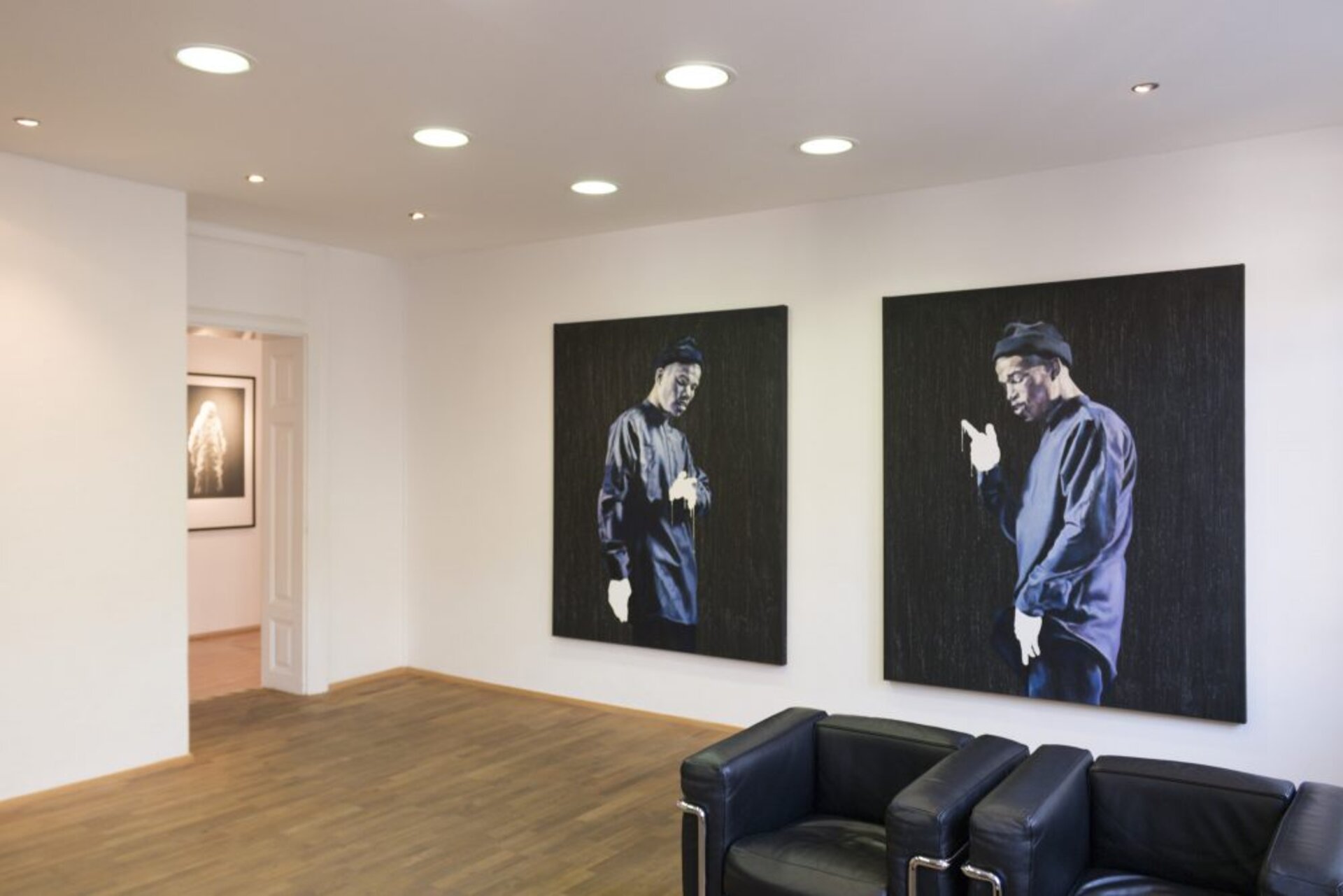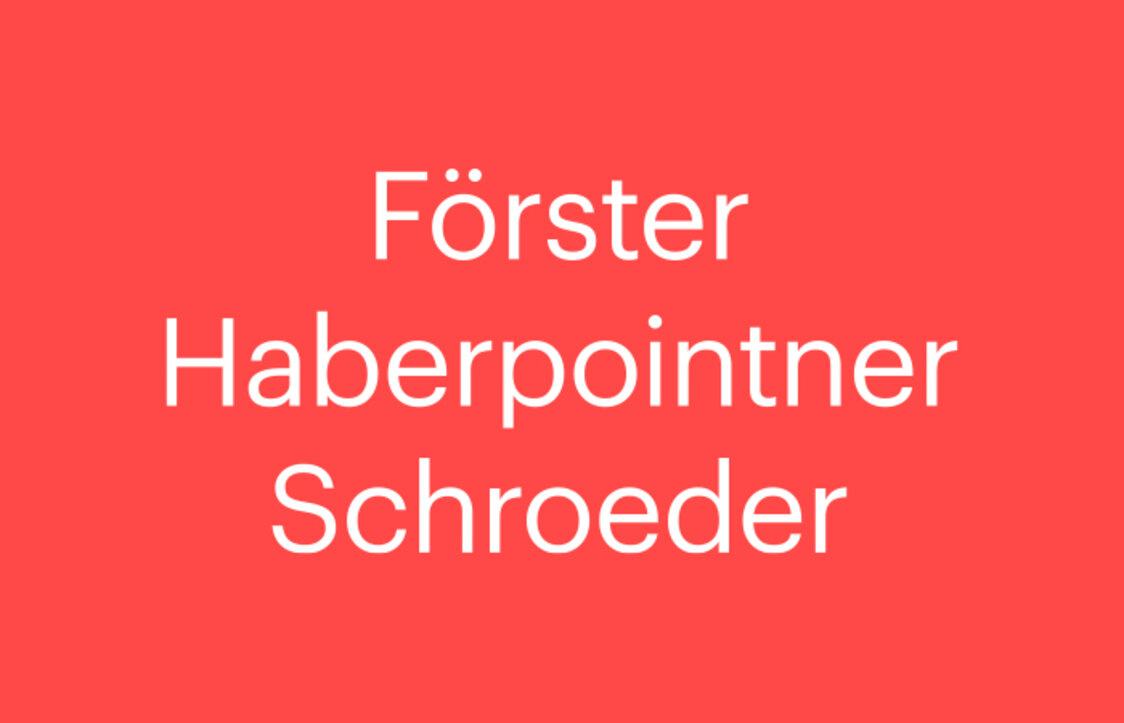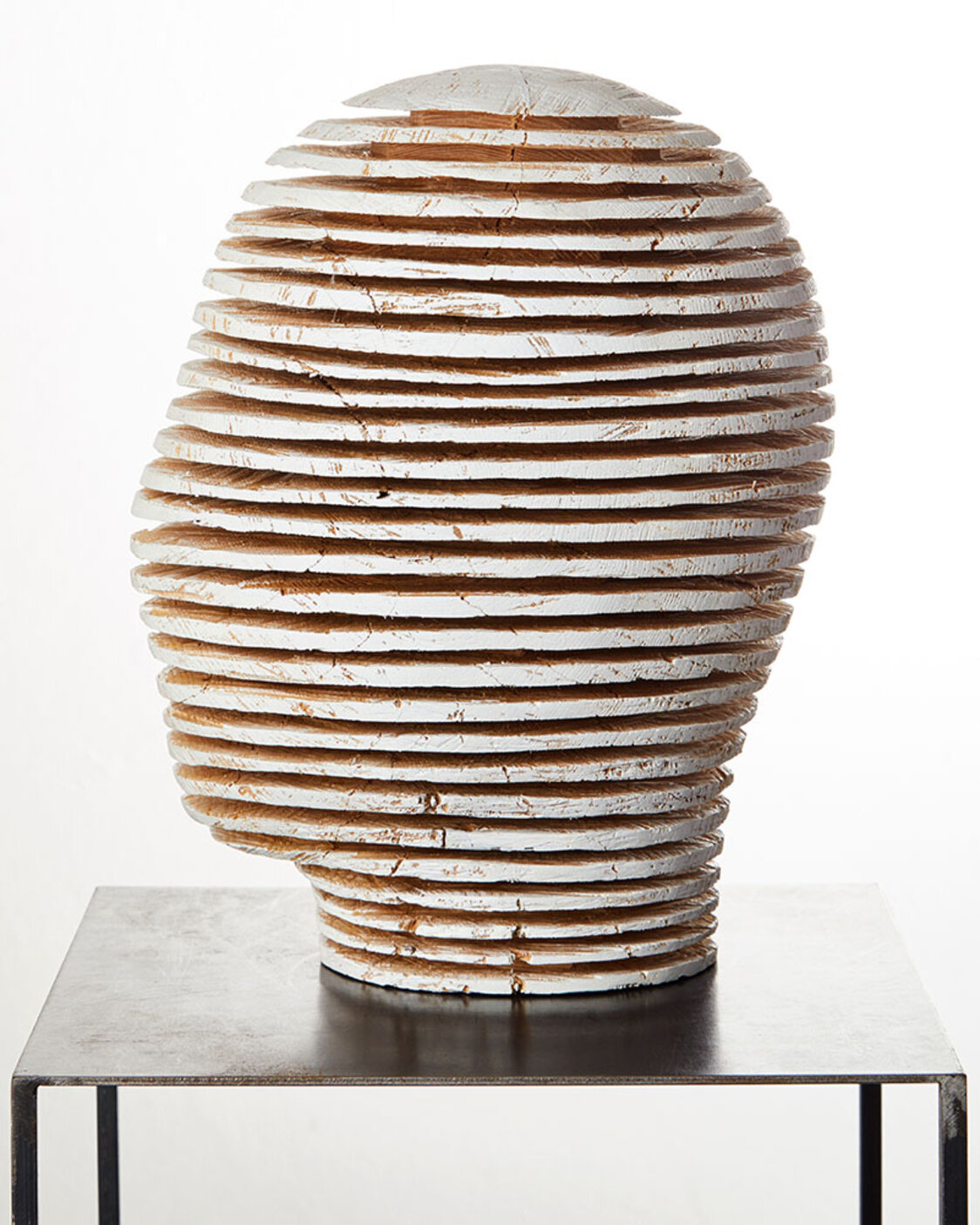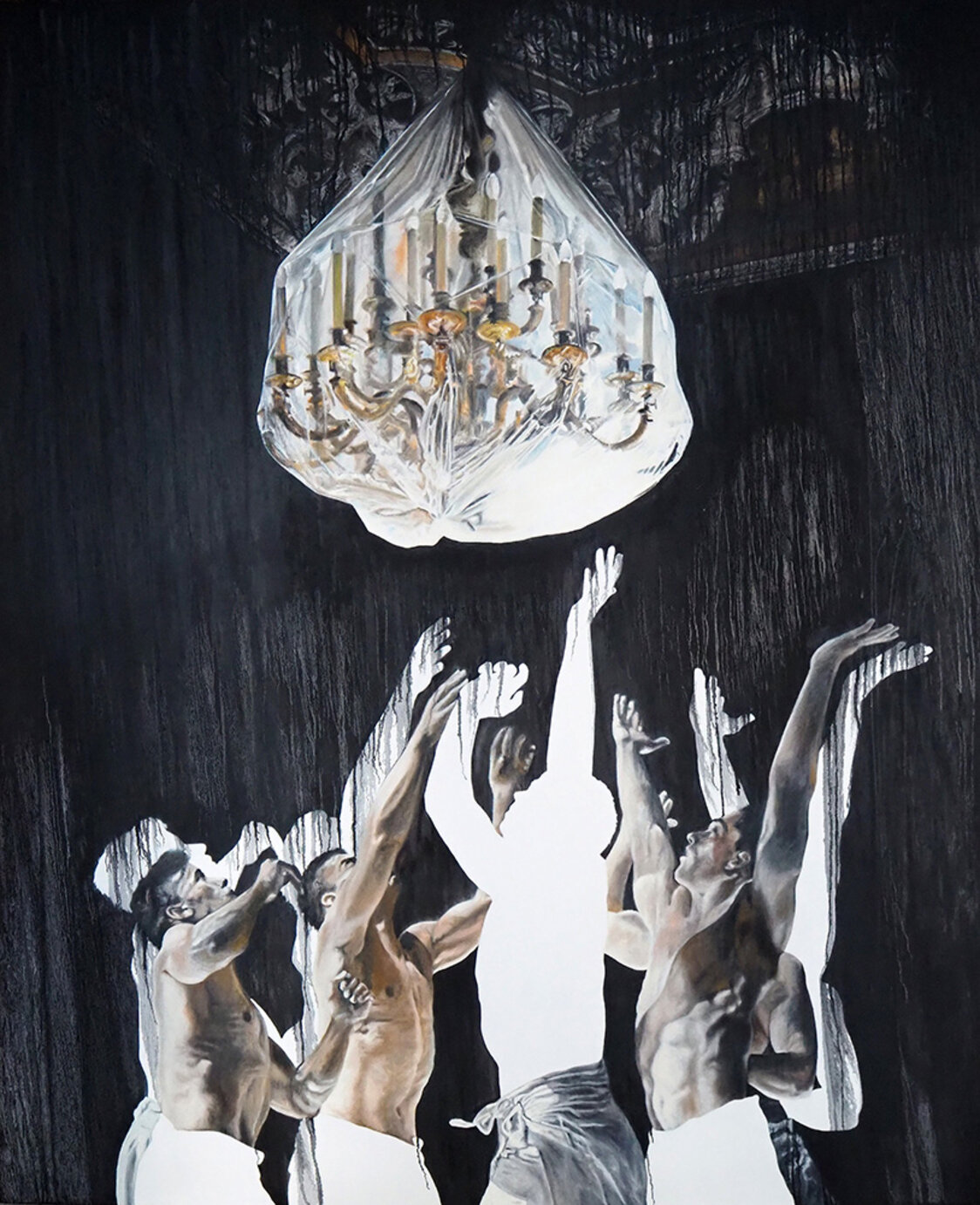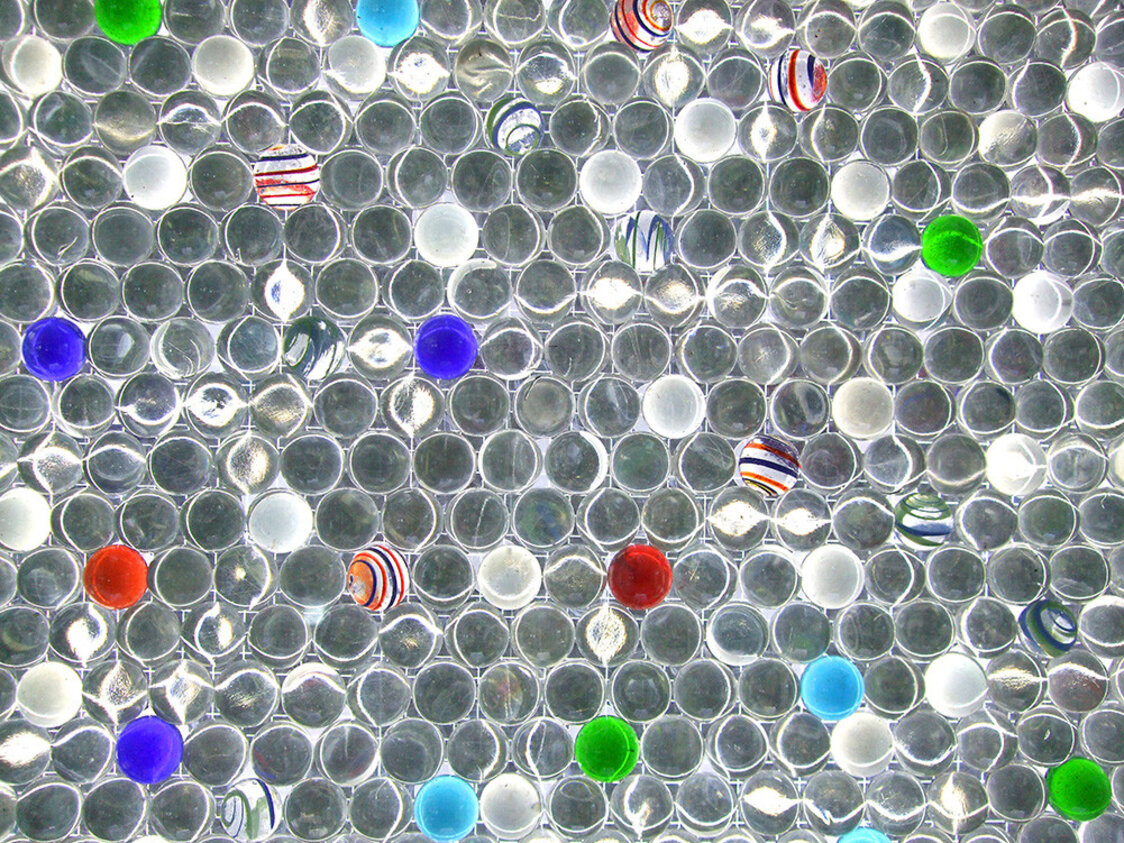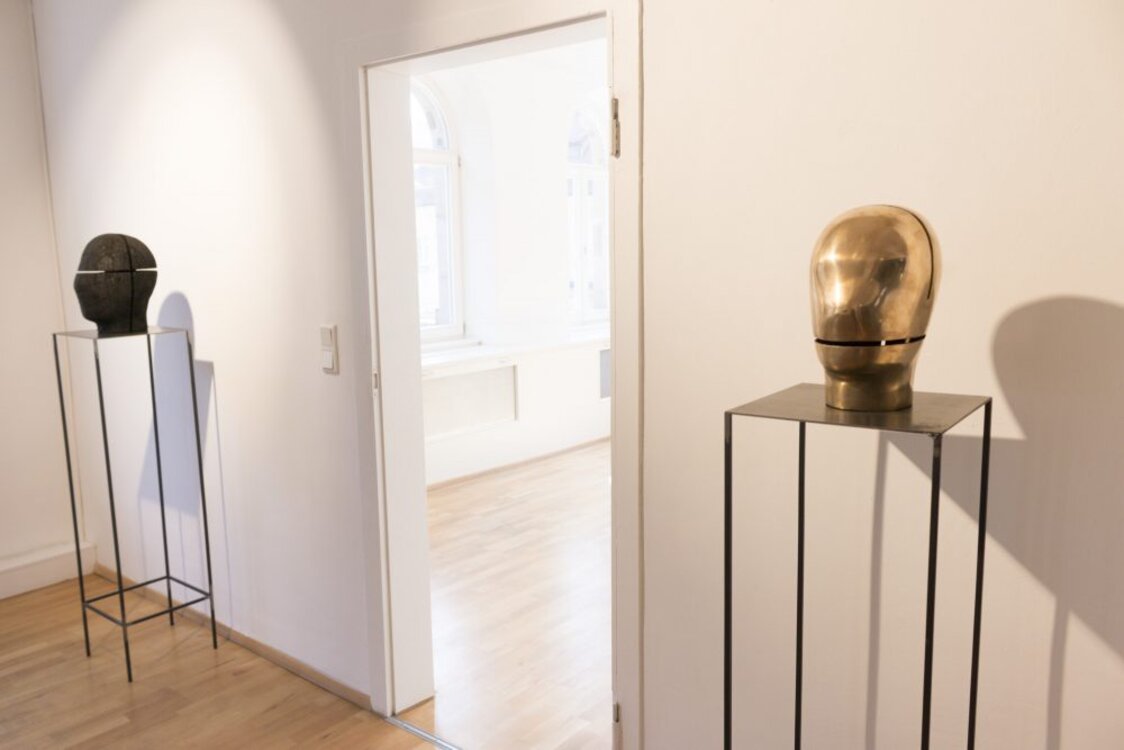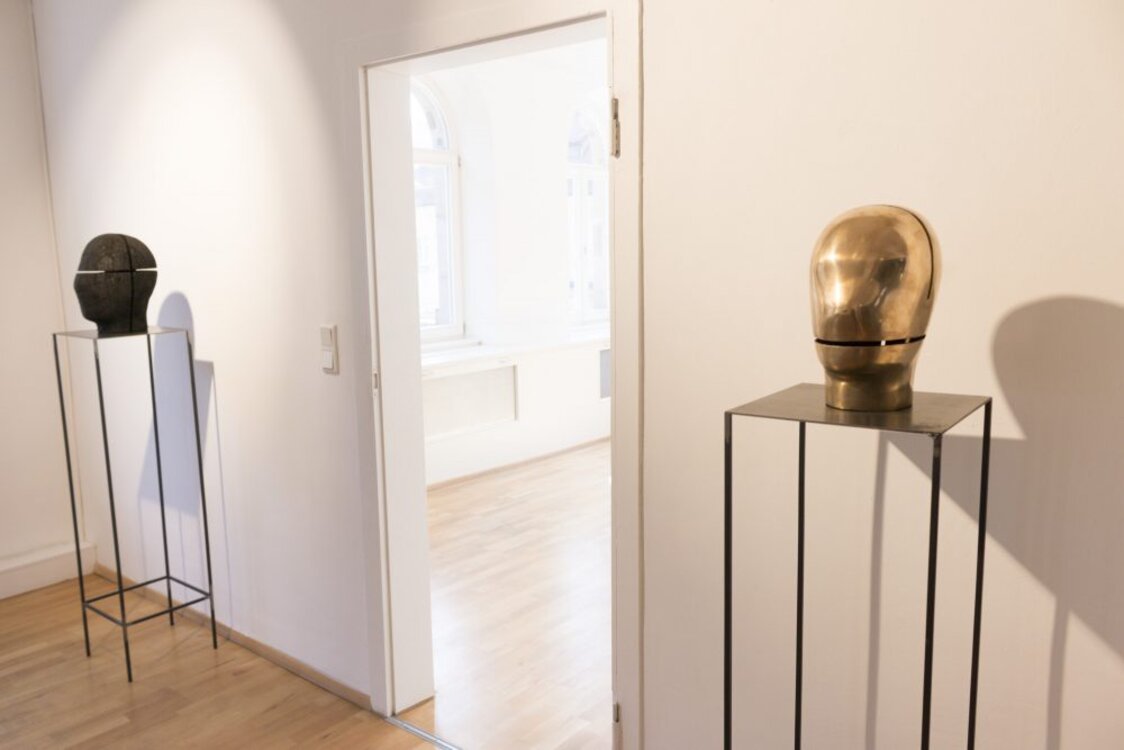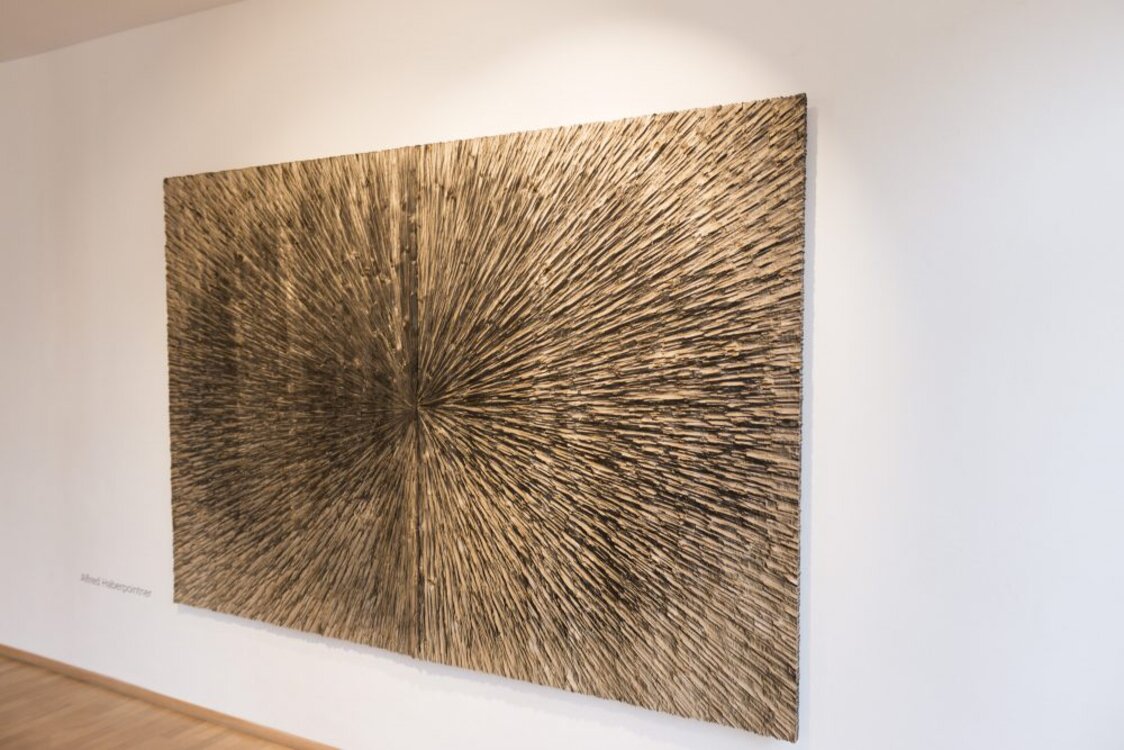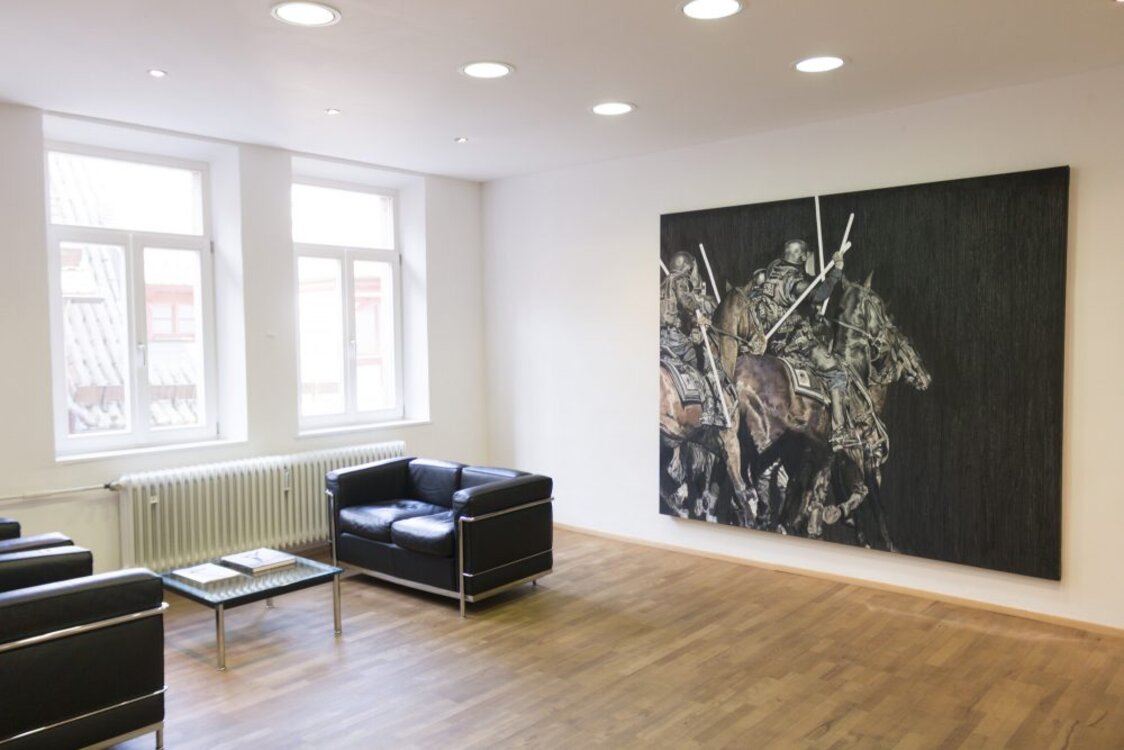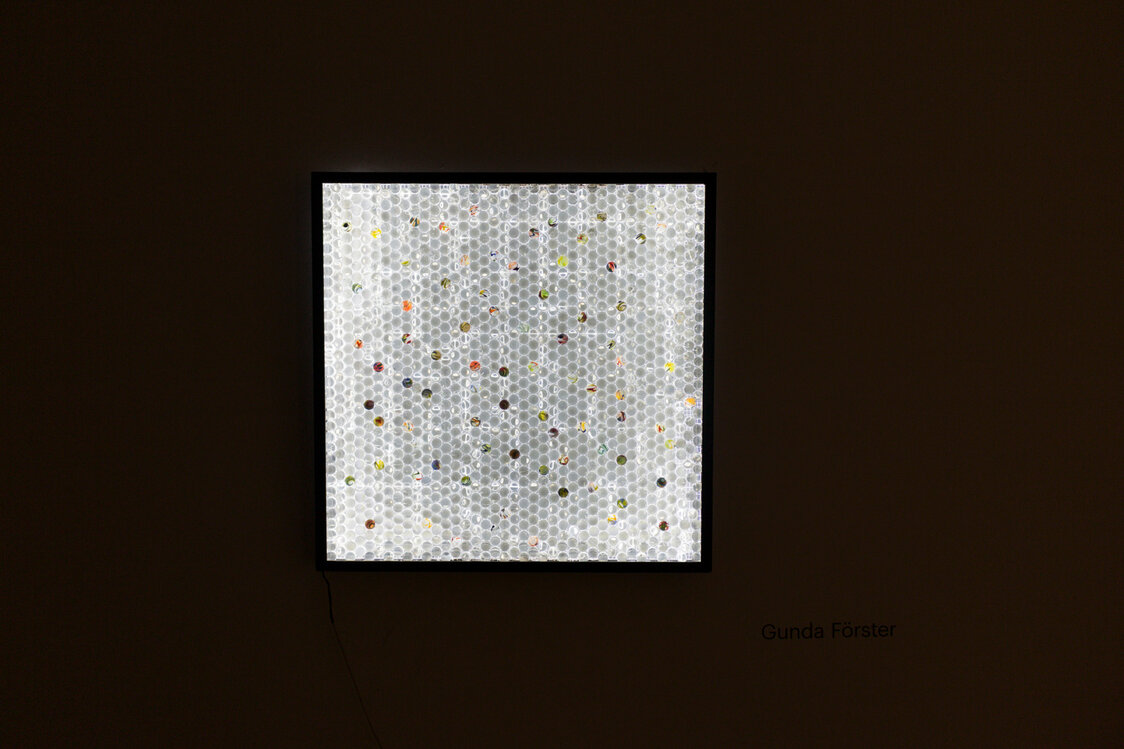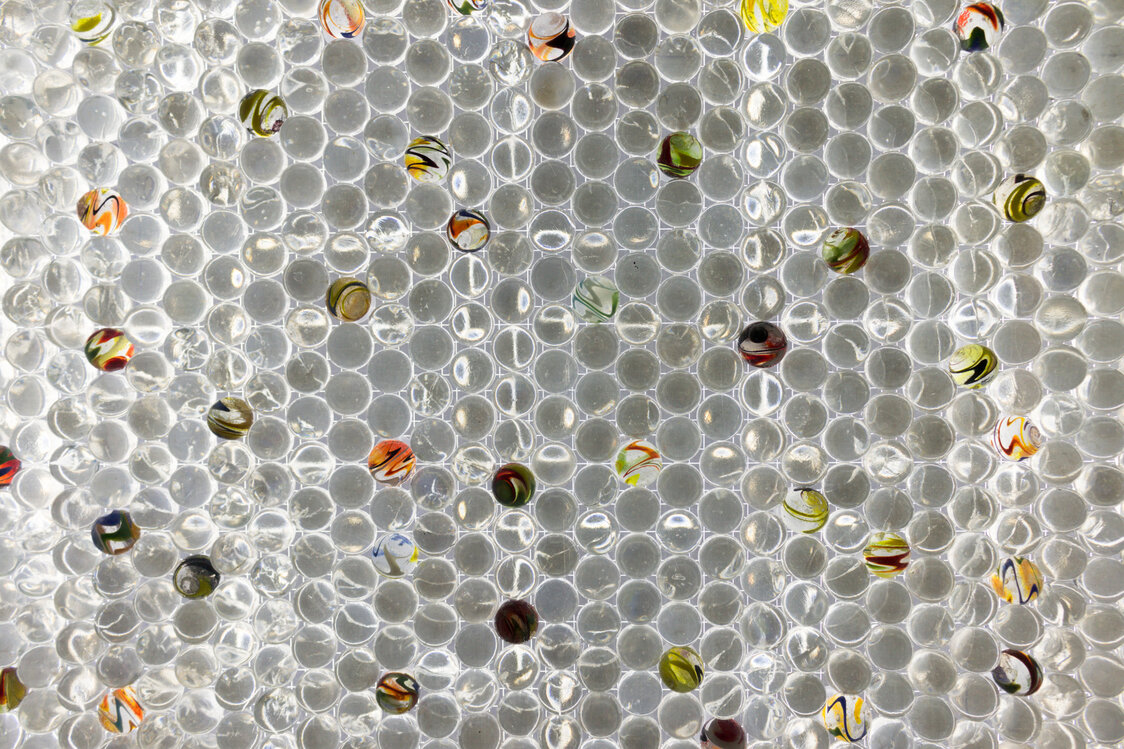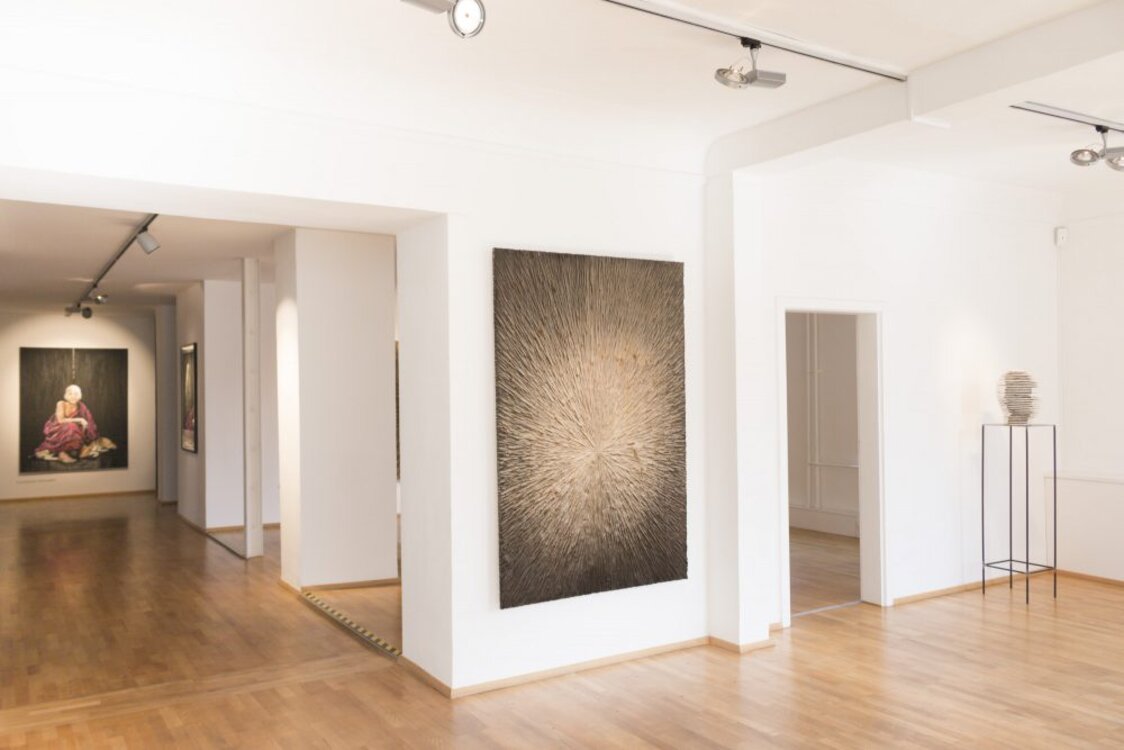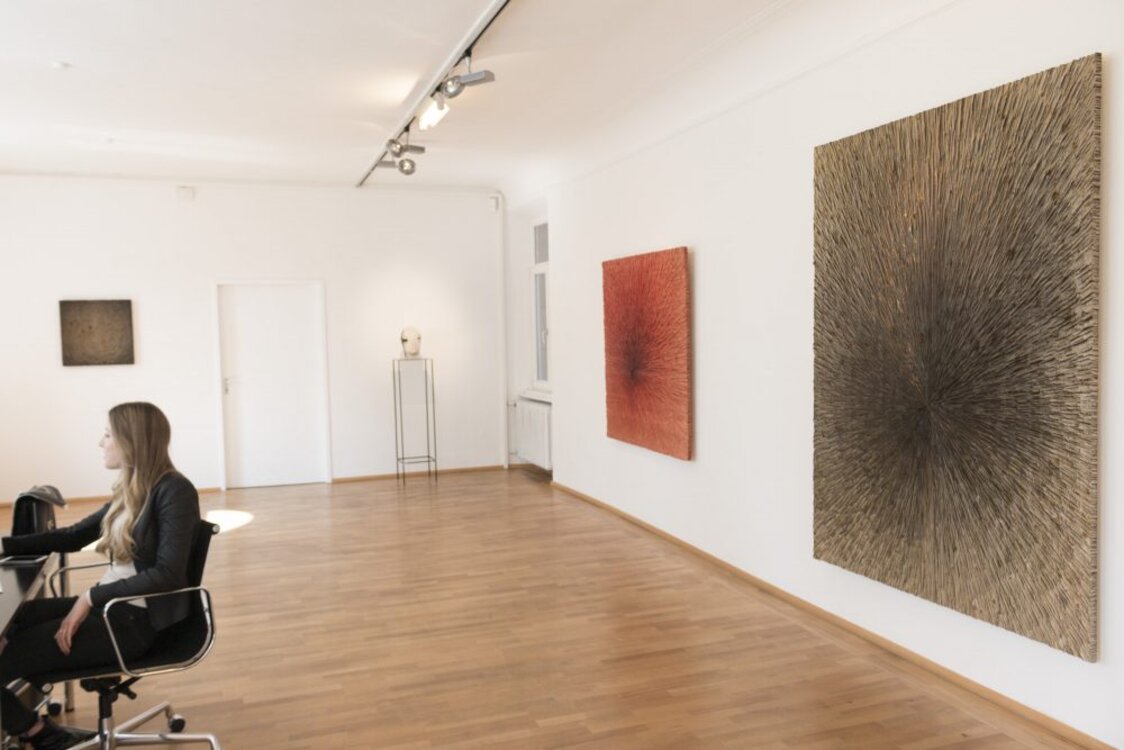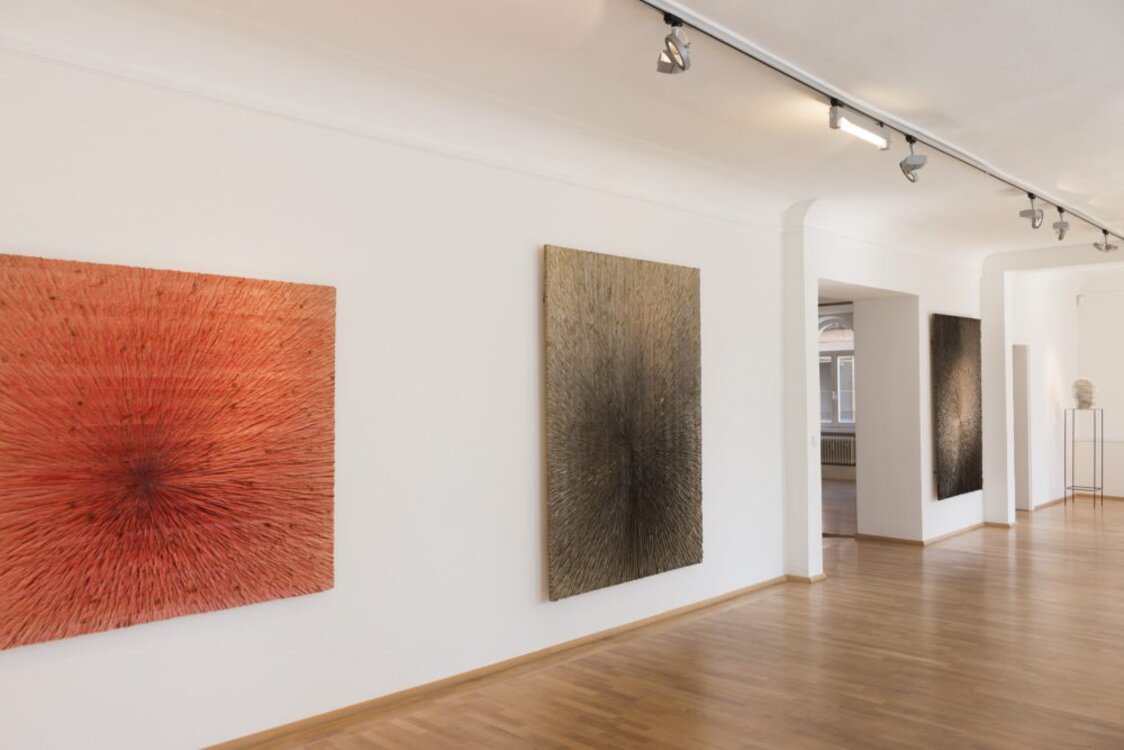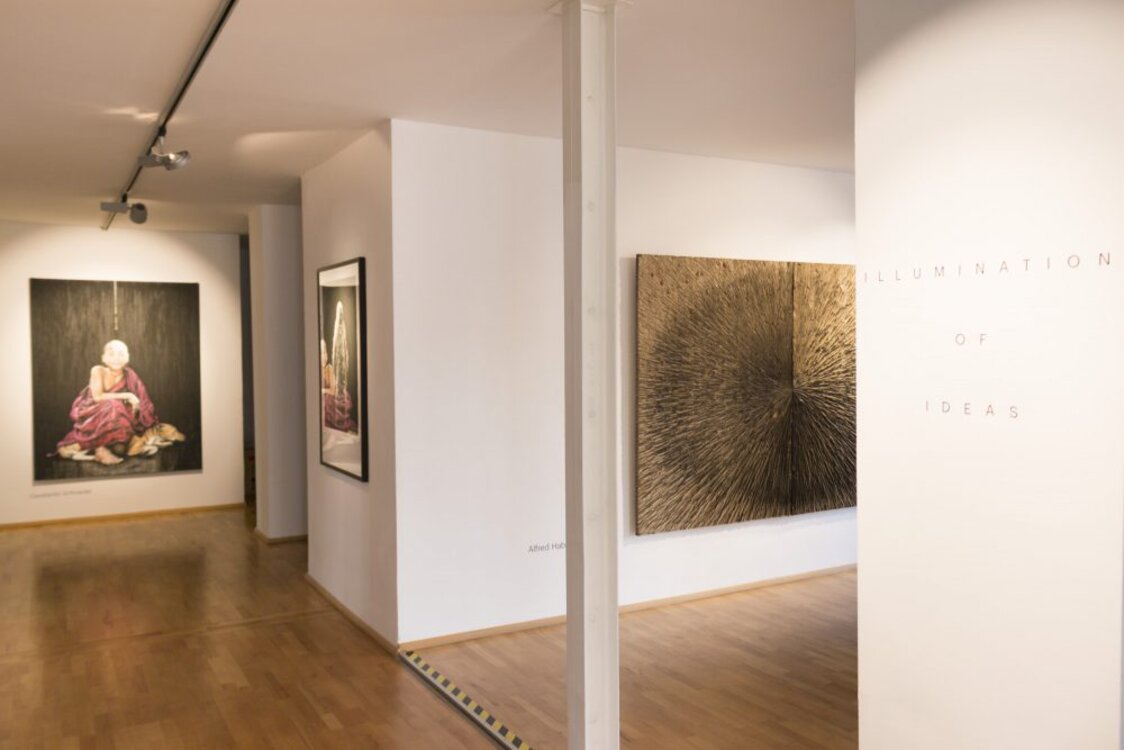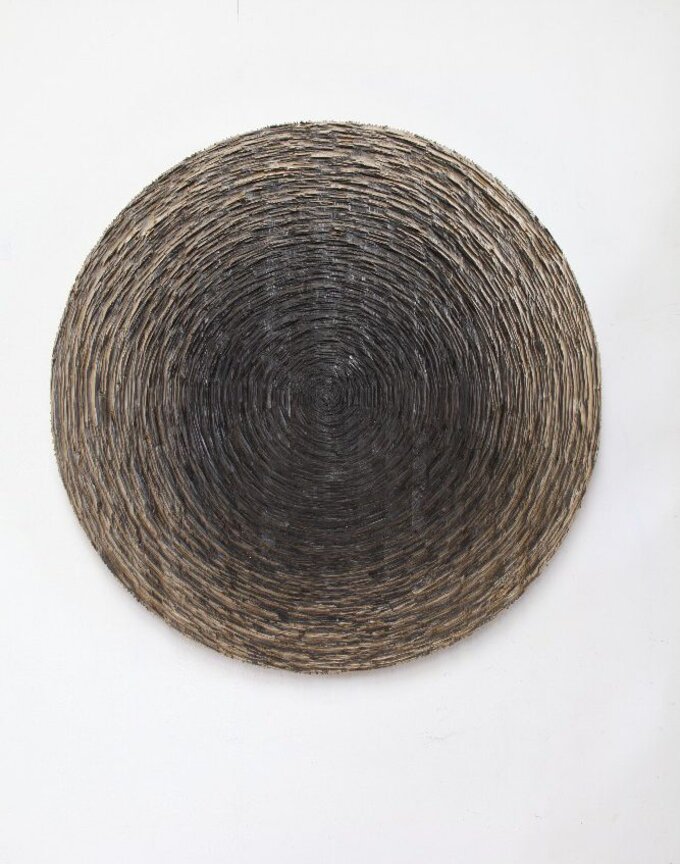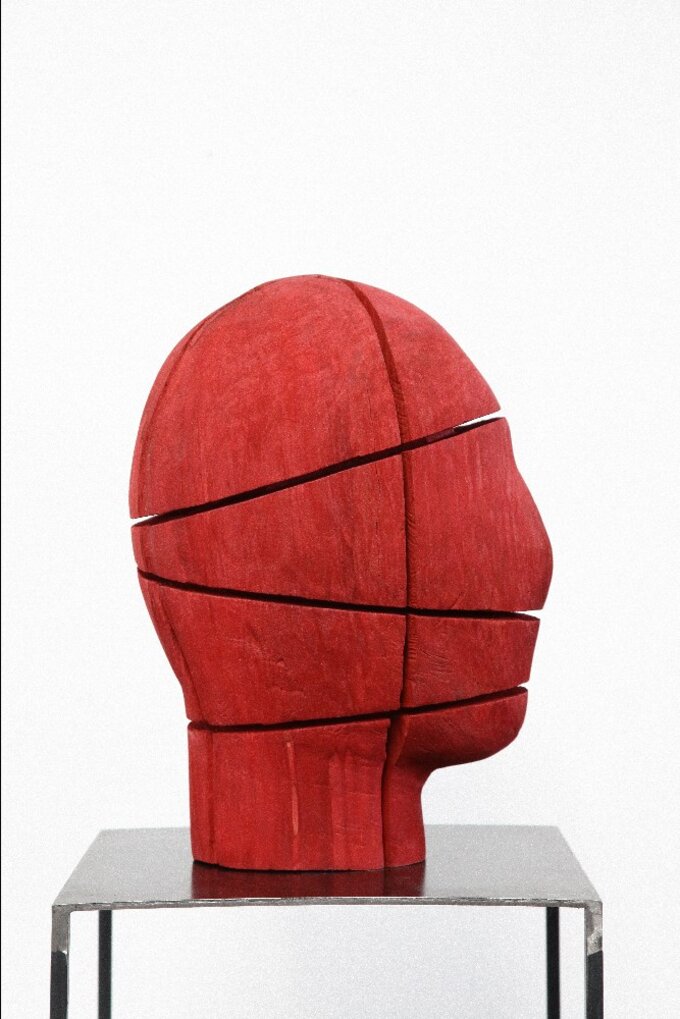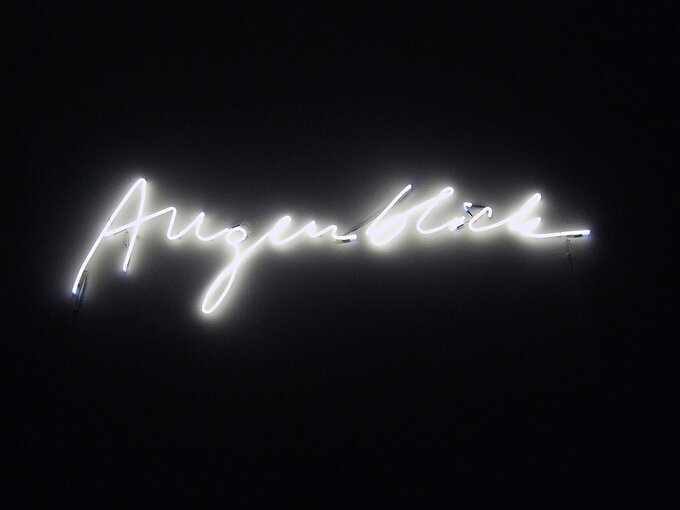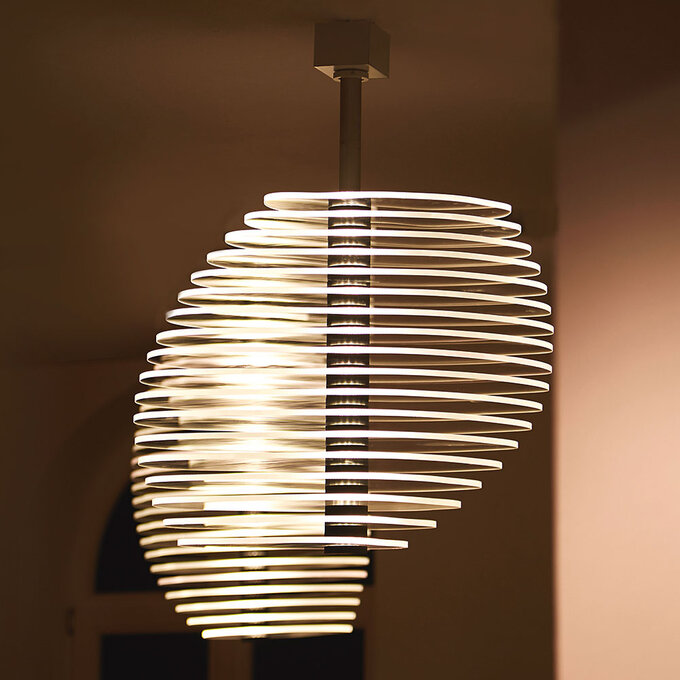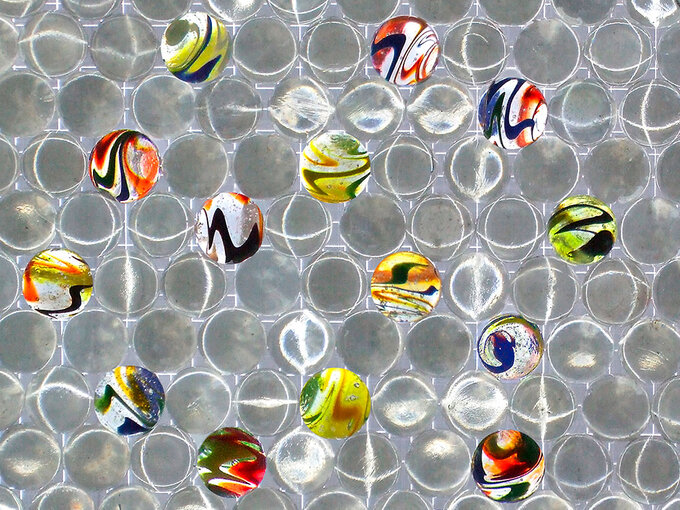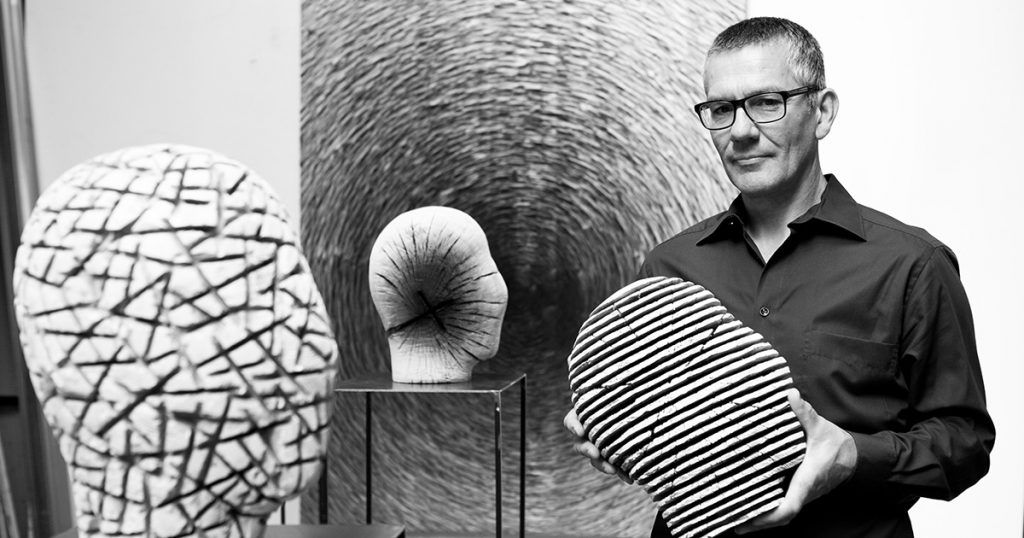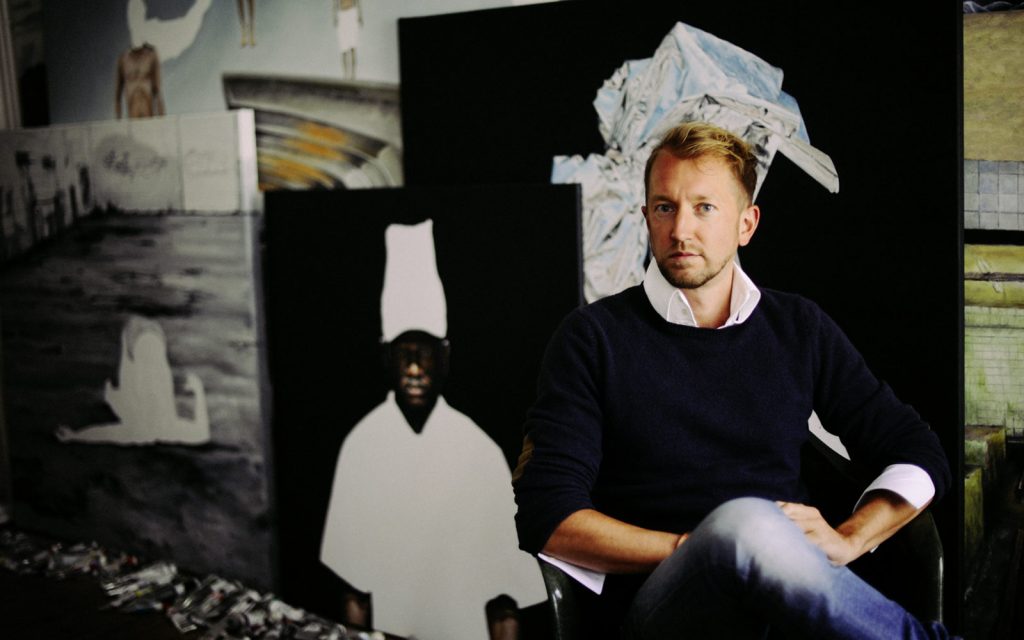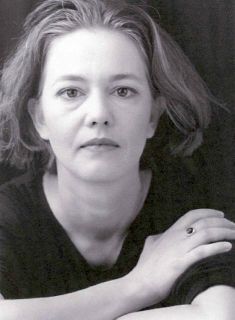On February 12, GALERIE VON&VON opens its doors to the triple exhibition "Illumination of Ideas," featuring the works of Alfred Haberpointner, Gunda Förster and Constantin Schroeder, which explore the dimensions of texture, installation and color. Although the works are very different at first glance, they connect through the concrete and abstract representation of light in different materials.
Alfred Haberpointner's large-scale wood sculpture explores the oscillation between geometric forms and figurative imagery through a variety of processes such as beating, chopping, and burning. Through this process, the artist transforms a natural object into a structural form full of light and shadow.
In Constantin Schroeder's figurative paintings, he creates pictorial spaces full of dreamlike figures that reflect his imagination and create a dialogue with the viewer. Through this process, he illuminates the darker sides of life and themes hidden from the human psyche.
In Gunda Förster's technically driven installations, she creates a space with a variety of artistic materials - predominantly light - and develops a communication between the viewer and their personal experiences in the space.
Through this constellation of artists, GALERIE VON&VON makes ideas of light visible theoretically and practically as a conceptual form.
- Lauren Godfrey & Lisa Stopper
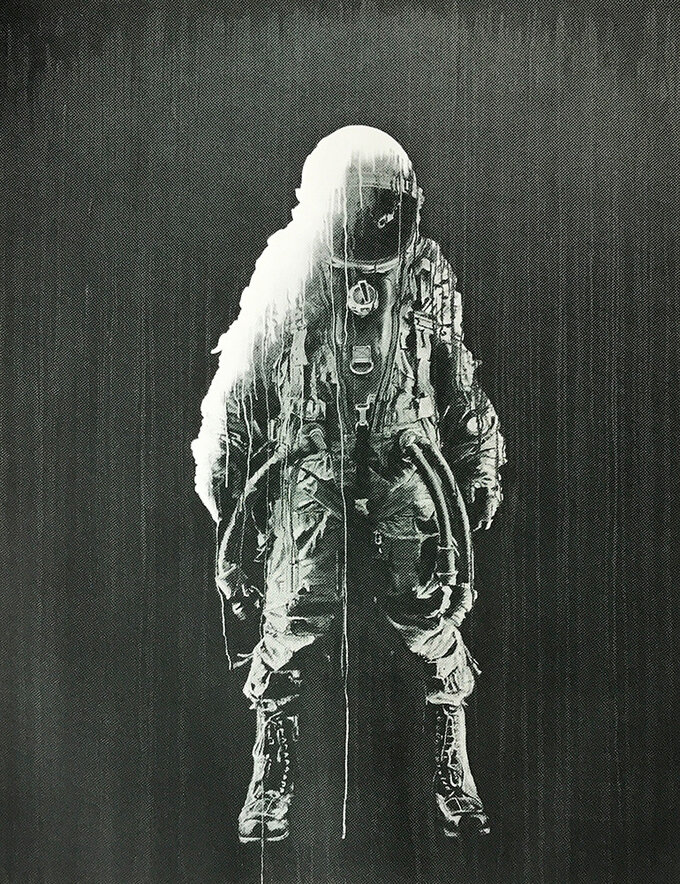
Constantin Schroeder
EDITION ‚ASTRONAUT‘
Edition of 46, 3-color hand screen printing on laid paper (Somerset Satin 300 g/m²)
112 x 76 cm
€ 800,00
